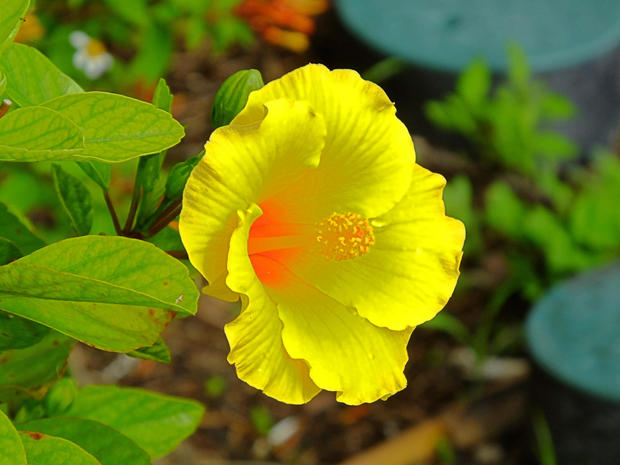
Scientists trying to protect wildlife from extinction as climate change raises risk to species around the globe
From clean air and water to healthy soil and medicines, our survival and prosperity rely heavily on the rich diversity of plants and animals that make up our world. A 2019 U.N. report found that around 1 million plant and animal species could be threatened with extinction around the globe. But new research finds climate change could drive up to 6 million different species to extinction over the next 50 years, including in communities across the United States.
CBS News and Stations explored how a warming planet and unchecked development are leading to significant population declines in species, why that’s bad for humanity, and the heroic lengths some scientists will go to protect life on Earth.
For some species, it’s already too late. For others, there are innovative ways to help rehabilitate a species decimated by climate change. Scientists are using a range of tools to protect species in creative and unique ways and to anticipate future changes.
save the Puerto Rican parrot, one of the most critically endangered birds in the world, as more destructive hurricanes jeopardize the parrot’s ecosystem.
Carlos Giusti / AP
See more reporting on how groups are trying to save certain species
More stories will be added above as they are published.
Endangered species by the numbers
The U.S. Endangered Species Act was established in 1973 and provides federal protection for wildlife in danger of becoming extinct.
The main agency responsible for carrying out the act, the U.S. Fish and Wildlife Service, lists nearly 1,700 species endangered or threatened as of April 1. Nearly 1,400 species on the list have active recovery plans. New species are added every year.
A 2019 study estimated the Endangered Species Act had prevented the extinction of nearly 300 species since its passage.
But not every species in danger of extinction gets listed. A 2016 study found that typically, species waited 12 years to receive protection, for those reviewed between 1973 and 2014. The deadlines included in the act dictate it should only take two years when initiated by a third party.
Still, nearly every county in the U.S. has at least one species in danger of disappearing from the planet.
Number of endangered or threatened species by county in the U.S.
Roll over or click on a county below to see more information about species in the area.
Across all U.S. states, Hawaii has the greatest number of species listed as endangered or threatened by the U.S. Fish and Wildlife Service — estimated at nearly 500 species.
Endangered or threatened species in Hawaii
By group:
The number is driven mostly by flowering plants, including the iconic state flower, the ma’o hau hele, or native yellow hibiscus flower.
Getty Images/iStockphoto
California has the second highest number listed, with nearly 300 endangered or threatened species. This includes the San Joaquin kit fox and the Lange’s metalmark butterfly. Like Hawaii, the high number is driven by the roughly 170 species of flowering plants. There are higher numbers in coastal, central and southern counties.
Number of endangered threatened species by county in California
More
More
Source: cbsnews.com
